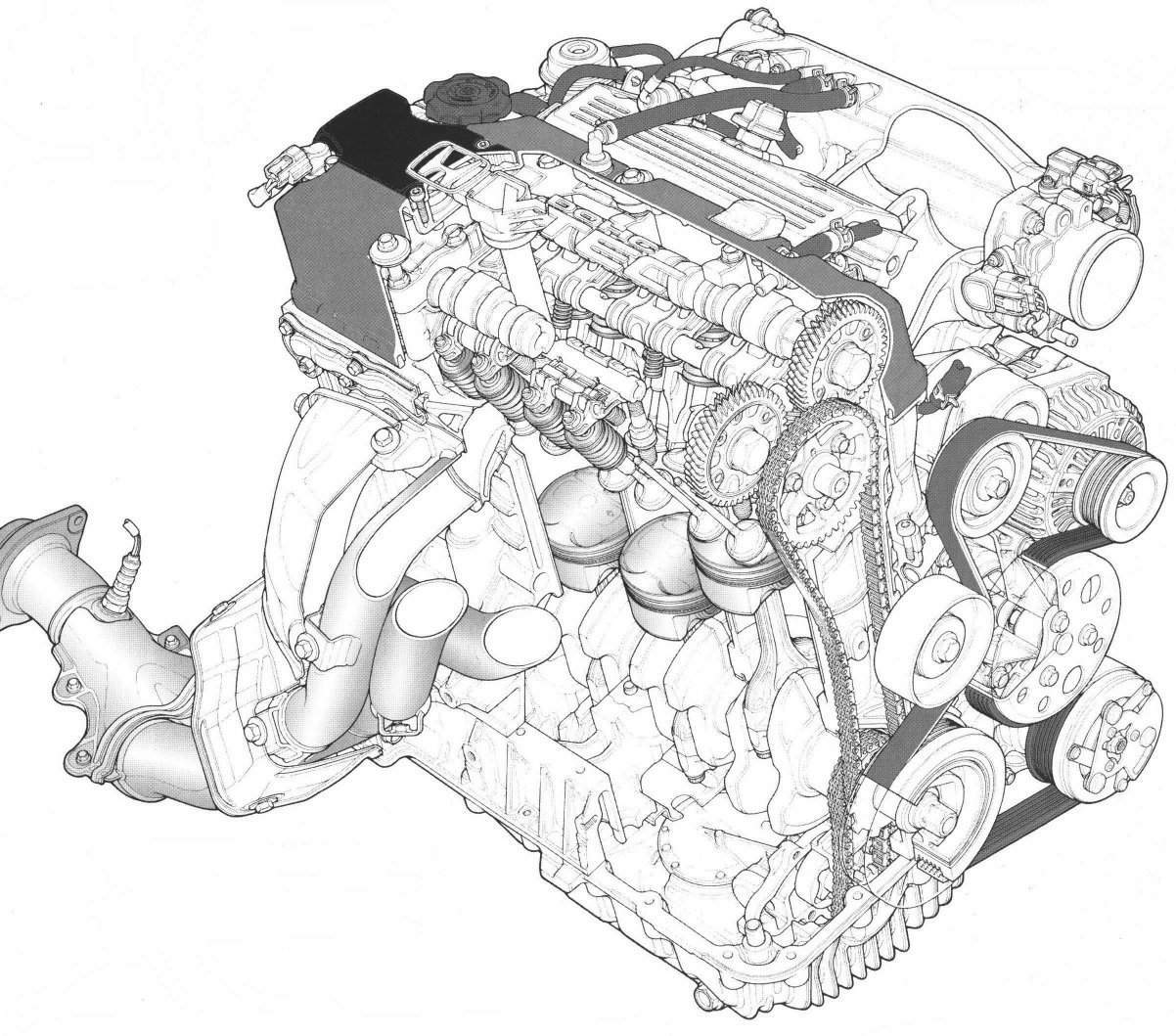Hi!
I once saw a pic of Ferrari 049 engine with its timing-gear. The question are:
1. Do all other engine use timing gear i/o timing-chain/belt
2. What are the advantages of timing gear compared to timing-chain/belt?
(weight, rigidity, time-lack, accuracy?)
Berg
- Login or Register
No account yet? Sign up


